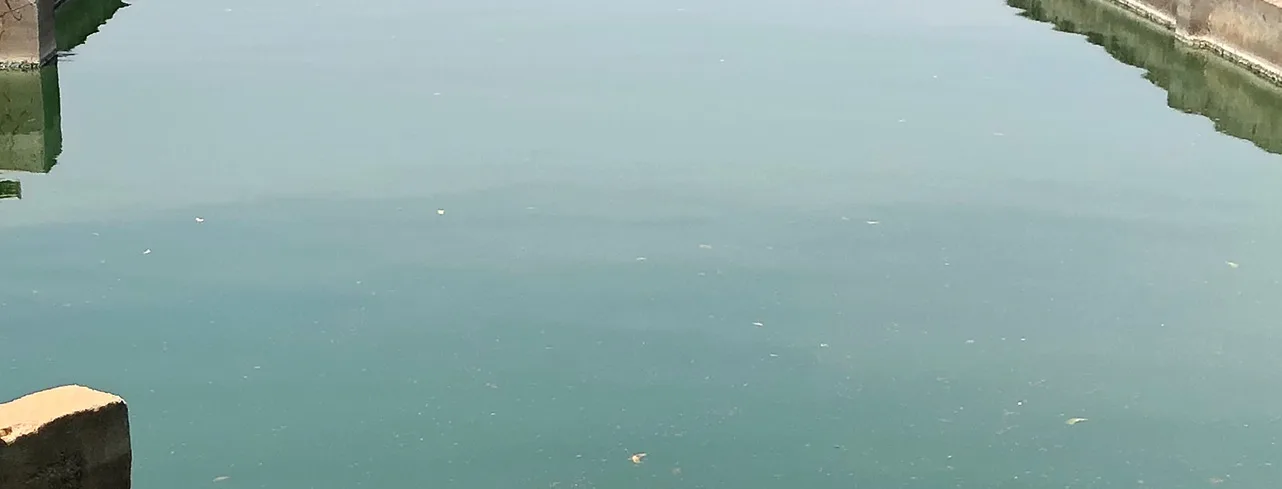Spirulina
The fundamentals
Latin name: Arthrospira platensis
Pigment: Phycocyanins
E-number: EU: Coloring food (no E-number), CODEX: Color: INS 134, US: Spirulina extract (color)
Produces shades: Bright blue
5 facts about spirulina
How spirulina is grown
Traditionally, spirulina for commercial use is grown in open ponds. Recently, new innovative indoor, high-tech spirulina production from Iceland has arisen. No matter the type of production, spirulina requires light, nutrients, and warmth to grow with optimal water conditions around 25-30 °C / 77-86 °F.
Therefore, tropical and sub-tropical regions are well-suited to growing spirulina in open ponds. Icelandic grown spirulina, however, is not dependent on the weather, as it is cultivated in a controlled, indoor environment that uses waste water and clean energy from the adjacent geothermal powerplant. This results in a carbon-neutral spirulina cultivation.
Spirulina is harvested by filtering it from the water and then drying it in the sun or mechanically, depending on production set-up.
Harvest calendar and growing areas
Spirulina is harvested all year round. Below are the main commercial growing areas for conventional open pond spirulina and indoor, high-tech spirulina.
What you should know about phycocyanin from spirulina
Oterra's stable, industry-leading formulations allow you to benefit from all of the advantages of spirulina as a natural food color while minimizing any intrinsic challenges associated with this product.
Phycocyanin is a water-soluble pigment that is easily separated from the oil soluble green and yellow pigments also contained in spirulina. It is the only blue color that is broadly regulatory compliant.
Natural Strengths
Suitable for products with pH >5
Bright blue in pH neutral products
Can be mixed with bright yellow to make green in markets where chlorophyll is not accepted
Natural Challenges
Not heat stable
High acidity degrades color

